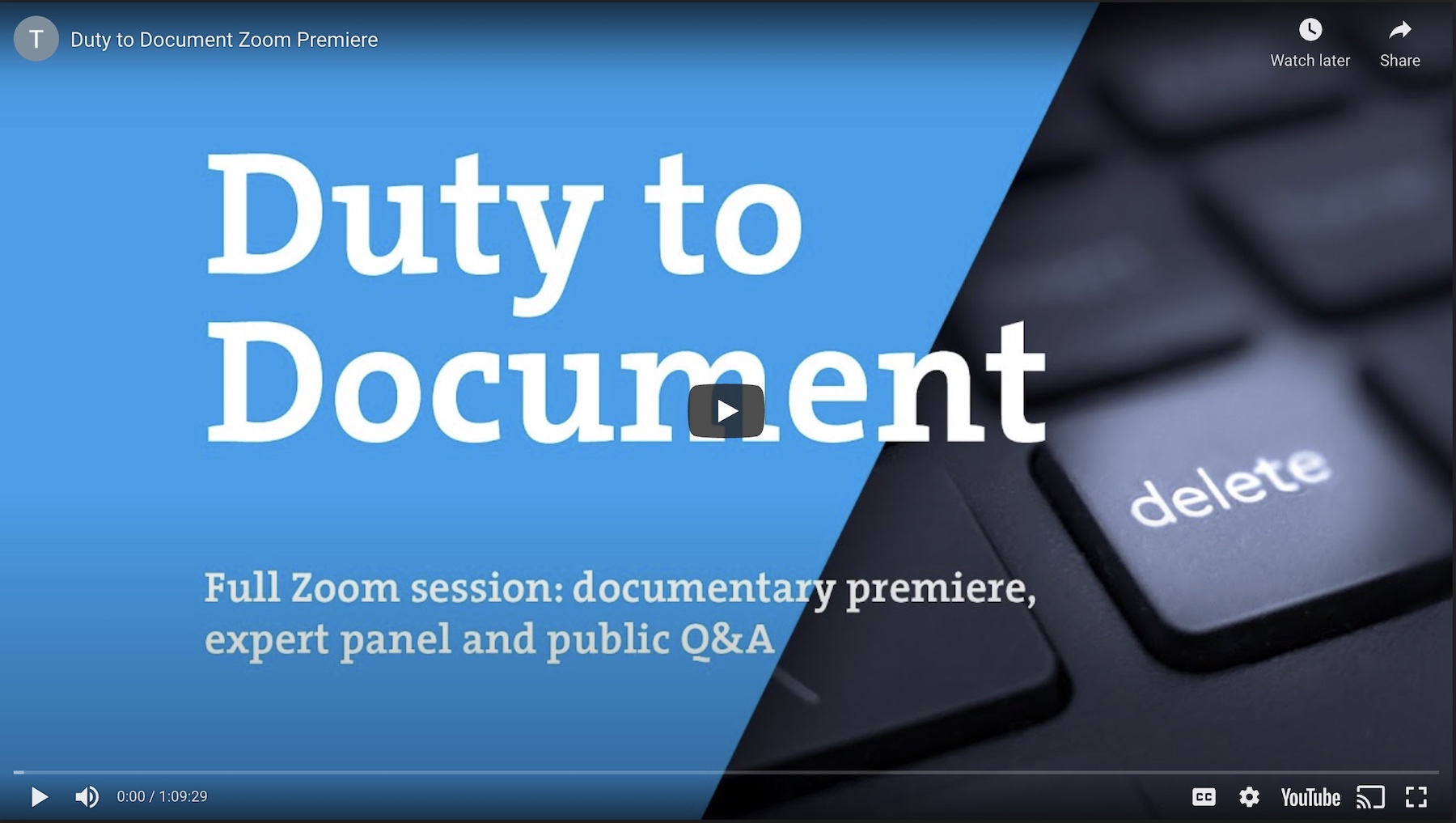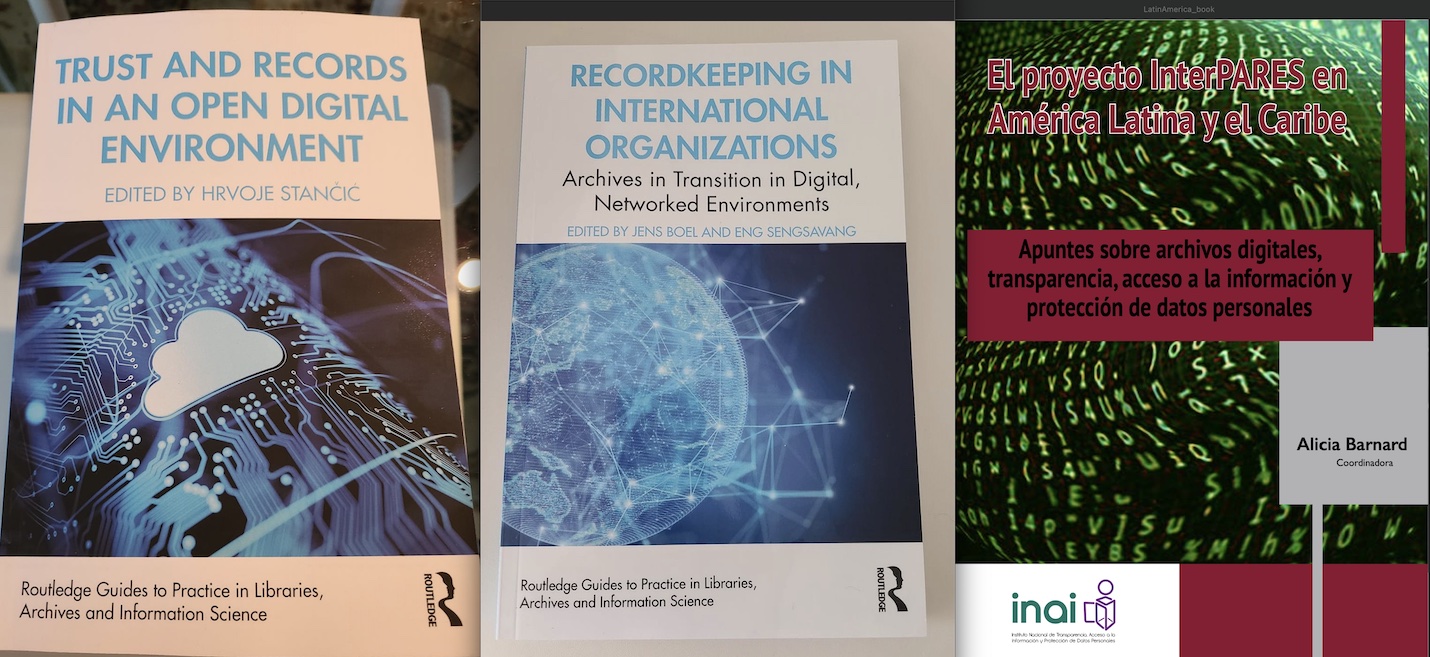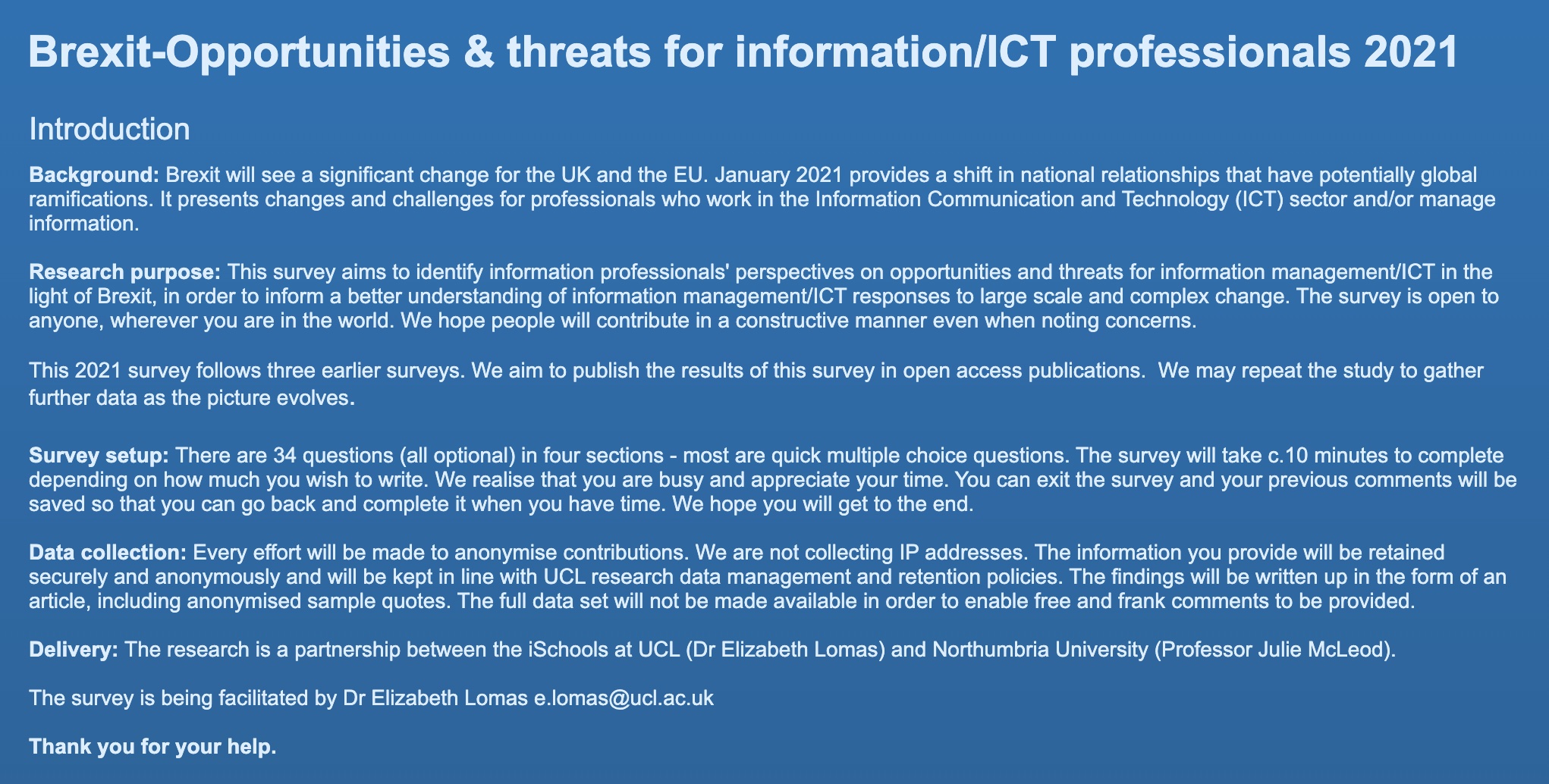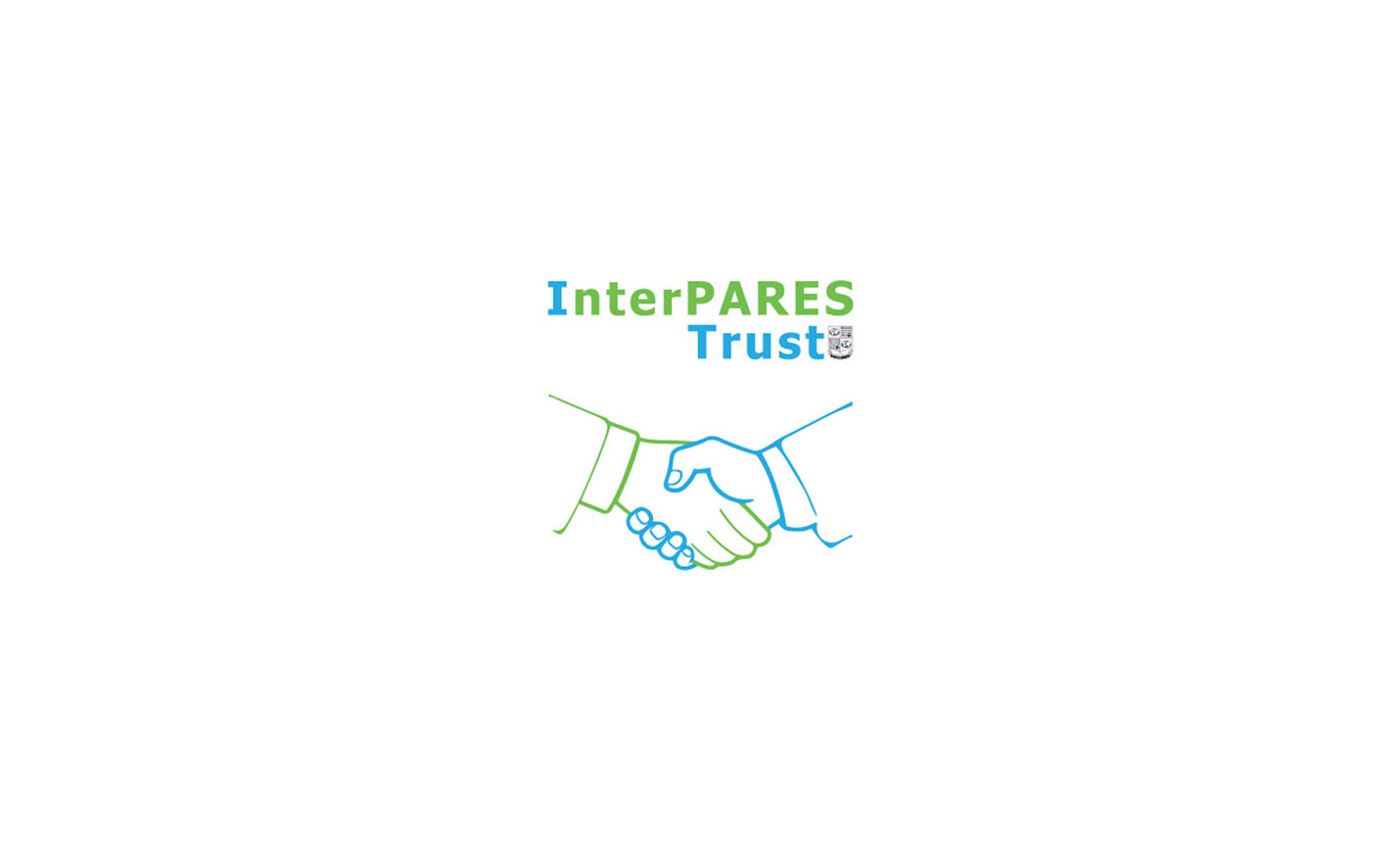 I was recently given the extraordinary opportunity to speak with Daryll Prescott, the lead officer in charge of the DoD’s original effort to standardize electronic records management across the entire Department of Defense. The Task Force Daryll lead would eventually produce the first version of the DoD 5015.2 Electronic Records Management Software Applications Design Criteria Standard.
I was recently given the extraordinary opportunity to speak with Daryll Prescott, the lead officer in charge of the DoD’s original effort to standardize electronic records management across the entire Department of Defense. The Task Force Daryll lead would eventually produce the first version of the DoD 5015.2 Electronic Records Management Software Applications Design Criteria Standard.Since leaving the military, Daryll has remained active in electronic records and information management, most notably serving as Co-Chair of the Government Domain Task Force for the Object Management Group.
Here’s what Daryll had to say:
Next Gen RM: Thank you for agreeing to this interview, Daryll. You’ve had an interesting history in information management and I’m looking forward to hearing more about it.
Daryll Prescott: Thanks for having me, Don.
NGRM: Let’s start at the beginning. You were in the Air Force, right?
Daryll: Yes, I was a commissioned officer in the Air Force stationed at the Pentagon.
NGRM: How did you wind up on the team creating the original DoD 5015.2 Electronic Records Management Standard?
Daryll: In 1993 the Assistant Secretary of Defense (C3I) selected the Air Force to lead an effort to standardize electronic records management across the Department. I was the officer detailed to the ASD (C3I) to create a program to accomplish that effort. A Task Force was created with seven individuals from inside and outside the DoD. At the time the DoD modeling standards were IDEF0 (NIST FIPS 183) for process modeling and IDEF1X (NIST FIPS 184) for data modeling. The four military services, several joint agencies, and many offices within the Pentagon participated. The Task Force also met with many document management companies in the U.S. and Canada to socialize the interest of the DoD to have records management software. After the models were completed and reports written the Task Force contracted with an expert affiliated with MIT for additional review and outside perspective of the models, outcomes, and DoD expectations. Lastly, I and two co-authors wrote the first technical report detailing functional requirements and data that would be necessary to do records management in an electronic environment. It was those combined activities from 1993 to 1995 that resulted in the first version in 1997.
NGRM: Wow, that work started 23 years ago. A lot has changed since then.
Daryll: It certainly has. And I can tell you that since the release of the 2011 Presidential Memorandum – Managing Government Records, augmented with M-12-18 Memorandum from OMB and the National Archives, non-DoD agencies are seeking options beyond the DoD 5015.2. I know this because I have been contacted by agencies who are interested in a solution based on the Object Management Group’s (OMG’s) Records Management Services Specification.
Unlike the DoD 5015.2 Standard, the OMG RMS Specification is service based. And, given the huge changes in technology we’ve seen over the last two decades, it’s a very feasible alternative solution for organizations with many systems in many different environments across their enterprise.
Just so you know, the OMG RMS Specification is based on the 19 Federal Interagency Agency report lead by the National Archives for records management in the Federal Enterprise Architecture.
NGRM: You’ve been heavily involved in the Object Management Group for a long time. Many of our readers aren’t familiar with OMG’s work and the value they add to information lifecycle management. Tell us about OMG. What is their mission? What is your role in the group?
Daryll: I am a Co-Chair of the Government Domain Task Force (GovDTF) which supported the development and publication of the OMG Specification for Records Management Services. Under the GovDTF, I am also the Chair of the Preservation and Records Management Working Group that will be responsible for moving a preservation standard through the OMG process including a potential fast track to ISO for adoption.
I don’t want to make a mistake here, so let me quote from the OMG home page:
“The Object Management Group® (OMG®) is an international, open membership, not-for-profit technology standards consortium, founded in 1989. OMG standards are driven by vendors, end-users, academic institutions, and government agencies. OMG Task Forces develop enterprise integration standards for a wide range of technologies and an even wider range of industries. OMG’s modeling standards, including the Unified Modeling Language® (UML®) and Model Driven Architecture® (MDA®), enable powerful visual design, execution and maintenance of software and other processes. OMG also hosts organizations such as the user-driven information-sharing Cloud Standards Customer Council™ (CSCC™) and the IT industry software quality standardization group, the Consortium for IT Software Quality™ (CISQ™). OMG also manages the Industrial Internet Consortium, the public-private partnership that was formed in 2014 with AT&T, Cisco, GE, IBM, and Intel to forward the development, adoption, and innovation of the Industrial IoT. Our members include hundreds of organizations including software end-users in over two dozen vertical markets (from finance to healthcare and automotive to insurance) and virtually every large organization in the technology industry. OMG’s one organization- one vote policy ensures that every member organization- whether large or small- has an effective voice in our voting process.”
NGRM: At the same time you’re also working with InterPARES Trust out of UBC in Vancouver. The work InterPARES is doing for digital records is critically important and more vital today than ever. Tell us about InterPARES and what your role is there.
Daryll: The North American Team of the InterPARES Trust has a project called Preservation as a Service Trust (PaaST) responsible for documenting functional requirements for archival level preservation in the cloud. The lead is Dr. Kenneth Thibodeau (former Director ERA, National Archives) and I supported and worked with him and the team on the effort for more than two years. They have just completed their work and the final document is being sent to the OMG this month for consideration to create a preservation standard.
NGRM: Sounds like fascinating work, Daryll. What are your other plans for the future?
Daryll: Since the structure of the grant for InterPARES doesn’t allow for researchers and supporters to be paid, I am looking forward to returning to the workforce for my next professional career. I don’t know where or what, but it will be good to get back to work. It’s also going to be very interesting bringing the InterPARES outcomes into the OMG for a preservation standard. The InterPARES work will also give us the chance to review the current OMG RMS Specification and see how we can improve it using their work.
NGRM: Well, thank you for your time, Daryll. Please come back and give us an update on your progress at OMG and InterPARES real soon.
Daryll: Thank you for having me and I look forward to updating everyone in the future.





